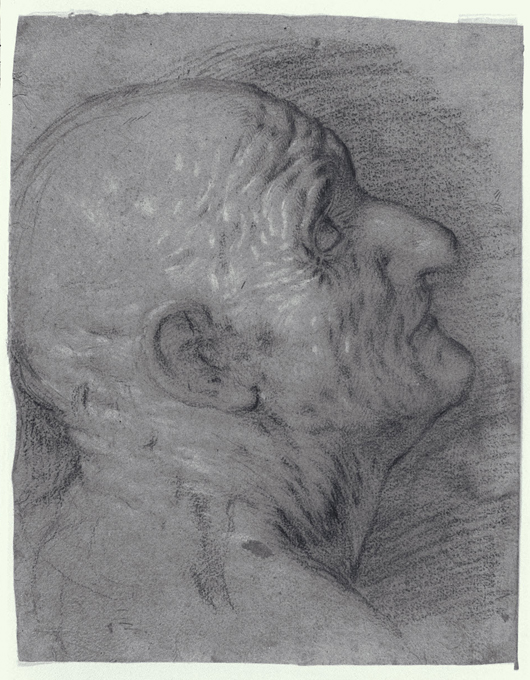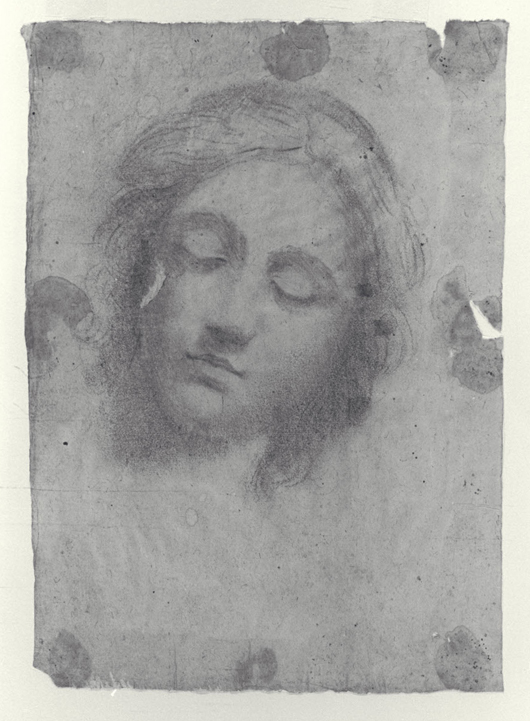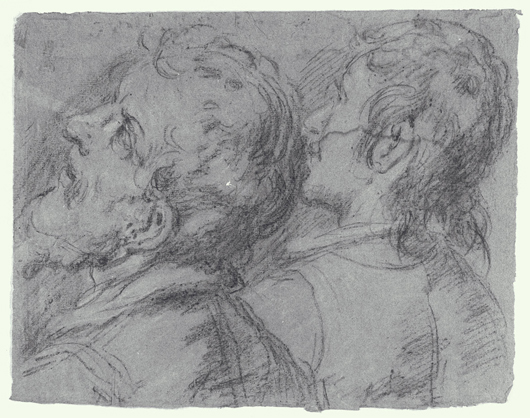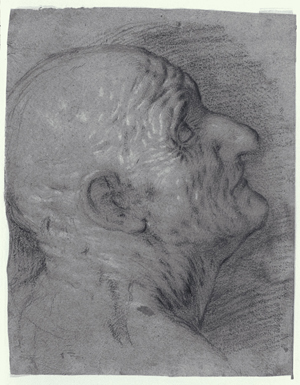
Until a couple of days ago, almost nobody knew about the existence of the so-called Fondo Peterzano, an archive of 1,378 drawings by Lombard painter Simone Peterzano and his pupils which is preserved in the cabinet of drawings of Milan’s Sforza Castle and is property of the City of Milan. But almost everybody knows Caravaggio, rebellious genius of Italian painting, who lived between the end of the 16th and the beginning of the 17th century and is well known for his ability of shaping the figures on the canvas through an extremely dramatic use of darks and lights. And so it came to pass that the Fondo Pederzano came in the spotlight, when two scholars, namely Maurizio Bernardelli Curuz and Adriana Conconi Fedrigolli, claimed to have found 100 drawings by Caravaggio among the works of the fund.
The alleged discovery has immediately raised a heated dispute about the authenticity of the attribution. Polemics were aroused also by the way in which the news was revealed: Italian Press Agency ANSA had the sole rights to the distribution of the news, while two e-books about the research were ready to be sold on Amazon. A few hours after the publication of the news, the e-books were sold out. (Amazon has since withdrawn the controversial book.)
Maurizio Bernardelli Curuz and Adriana Conconi Fedrigolli have apparently spent two years looking for traces of Caravaggio’s presence in Milan, the city where he was born and where he trained as a painter between 1584 and 1588, under Simone Peterzano. The two art historians detected his hand in this group of drawings and claim that these early studies are recognizable in later paintings created in Rome, like “Supper at Emmaus,” painted in 1606.
The scholars have provided an estimate of the value of their discovery, as well: 700 million euros ($860 million). Milan city council has announced it is launching an investigation into the authors’ research methods. A commission composed by museum directors and university professors such as Maria Teresa Fiorio, Giulio Bora, Claudio Salsi, and Francesca Rossi met together with Stefano Boeri, Councillor for Cultural Affairs of the City, to discuss the discovery. The commission has not take a definitive position and has announced a study day and an exhibition after this summer.
However, reactions of Caravaggio’s experts and of the art community have been skeptical. Most of the opinions expressed in newspapers dismiss the attribution.
The drawings had been already known within the art-historian community. Scholars like Mina Gregori, who is considered an international authority on Caravaggio, had already studied the find and did not recognize in it the hand of the master. Rossella Vodret, Head of the Museum Pole of Rome, and Francesca Cappelletti, also an expert on Caravaggio, are skeptical, as well. The current curator of the cabinet of drawings of the Sforza Castle, Francesca Rossi, affirmed that Bernardelli Curuz and Conconi Fedrigolli never went there in person to analyze the drawings; their studies were based on black and white photographs. The two scholars replied that they have been there “after hours,” thanks to a high-level city official they did not want to name.
Gianni Papi, another well-known expert on Caravaggio, emphasized that is not possible to attribute a drawing to Caravaggio because there are no drawings that are officially and definitively recognized as his work. There is no basis for comparison. Some have doubts as to whether Caravaggio drew at all. Furthermore, it is difficult to believe that Caravaggio would have painted in his later years the same models he drew in his early years. Or it is also possible that he remembered some figures he had seen in drawings by his master?
The only certainty is that Caravaggio’s name is able to move the masses and this is probably why there are regularly new attempts to attribute rediscovered works to him.
Just one year ago, art historian Silvia Danesi Squarzina claimed to have found in a Spanish private collection a portrait of Saint Augustine commissioned to Caravaggio by aristocratic banker and art collector Vincenzo Giustiniani. In 2010, exactly during the commemoration of the 400th anniversary of Caravaggio’s death, another supposed painting by the Italian master appeared in Rome, the “Martyrdom of Saint Lawrence.”
Apart from the truthfulness of the attributions, such revelations fuel a sensationalistic approach to art history—which is already mistreated enough—and do an injustice to the scientific methods used by the art historians.
# # #
About Silvia Anna Barrilà:
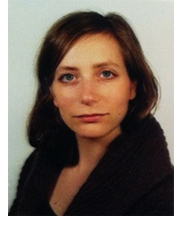
Silvia Anna Barrilà is an Italian fine arts journalist and regular contributor to the Italian financial newspaper Il Sole 24 ORE (ArtEconomy24). She also writes about art, design, lifestyle and society for a number of Italian and international magazines, including DAMn Magazine and ICON (Mondadori). She is based in Milan and Berlin.
ADDITIONAL IMAGES OF NOTE
